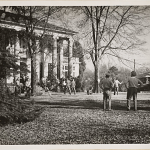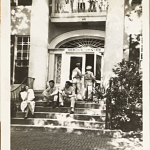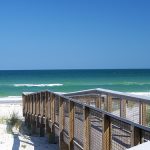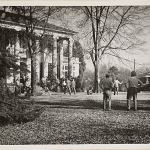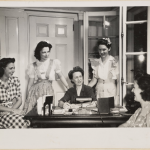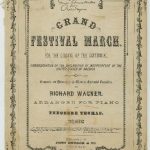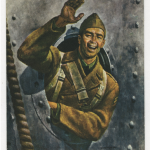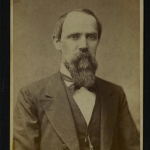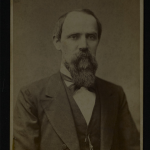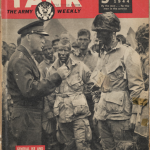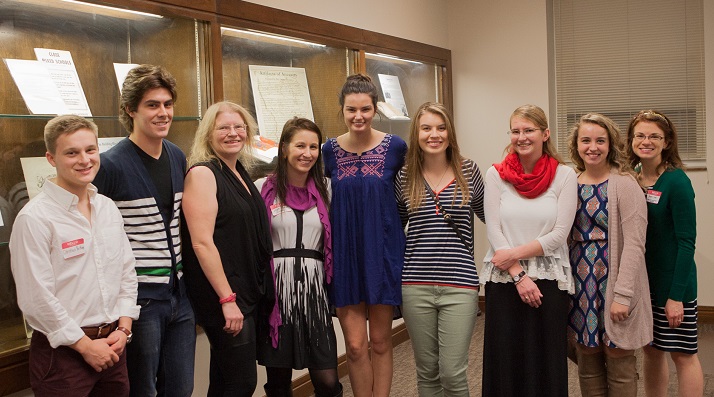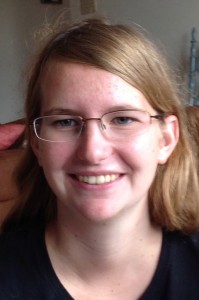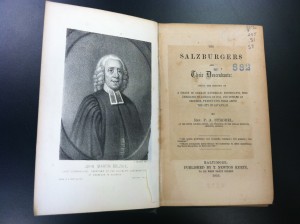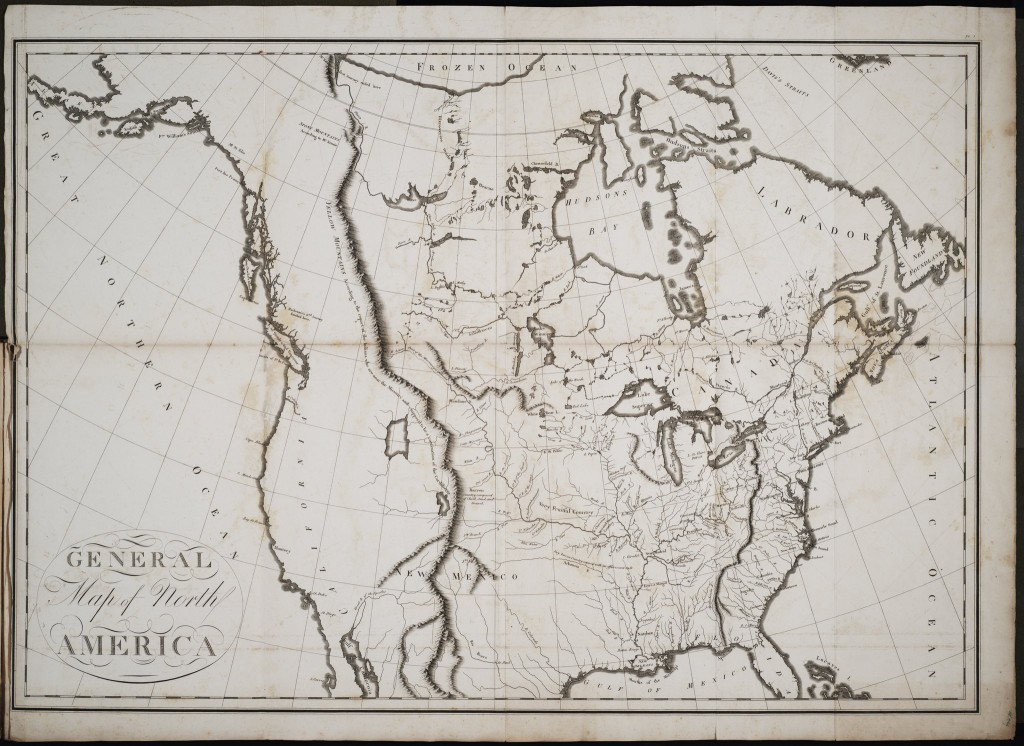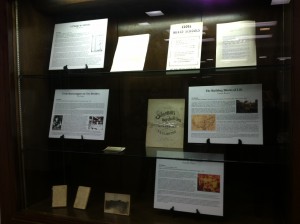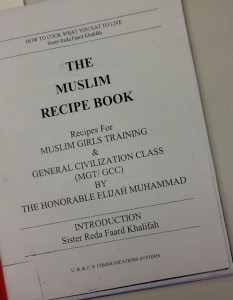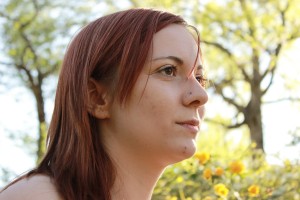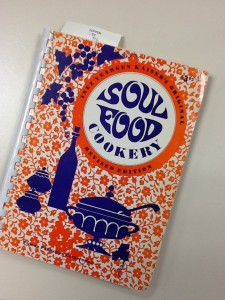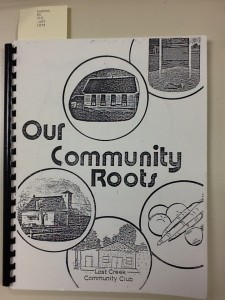On this day in 1941 — four days after the attack on Pearl Harbor, Hawaii — the U.S. officially went to war with Germany and Italy. It had already declared war on Japan.
On this day in 1941, a group of pilots from the U.K. was learning to fly in Tuscaloosa, Alabama, when the news came that their American colleagues would be full partners in the war effort. Andrew J. Kinney, 1st Lieutenant of the Air Corps (R. A. F.), their commanding officer, wrote these words:
America is stirring to action. You have heard, and will continue to hear, responsible statesmen of America and Britain say that victory is inevitable. They point to our vast resources, our riches, our incomparable productive abilities. But remember that they assume that every man will do not merely his duty, but his very utmost. … Victory won’t eagerly rush up and take us by the hand. We must work and fight harder than we have ever before. Nor is tomorrow the time to fight. The time to fight is now — in your training.
This message was included in the January 1942 volume of the training company magazine Fins and Flippers. Five issues are online in Acumen: Sept., Oct., and Dec. 1941, and Jan. and Feb. 1942. They contain a mix of art, humor, poetry, personal narrative, and informative writing, and include photos of the cadets and their commanders.
Today, we share some sample images from this collection. They show that these students, before and after the U.S.’s declaration of war, were still students — eager to learn and maybe just as eager to make fun of the learning process.
- Front yard on a Sunday afternoon, 1944
- The front steps of the Tuscaloosa Service Men’s Center
- Florida
- Front yard of the Service Center on a Sunday afternoon, 1944
- Some of the Service Center hostesses
- Included in the scrapbook is the June 30, 1944, edition of “Yank: The Army Weekly
For more items related to World War II, go to Acumen and type this in the search bar: “world war, 1939-1945”


